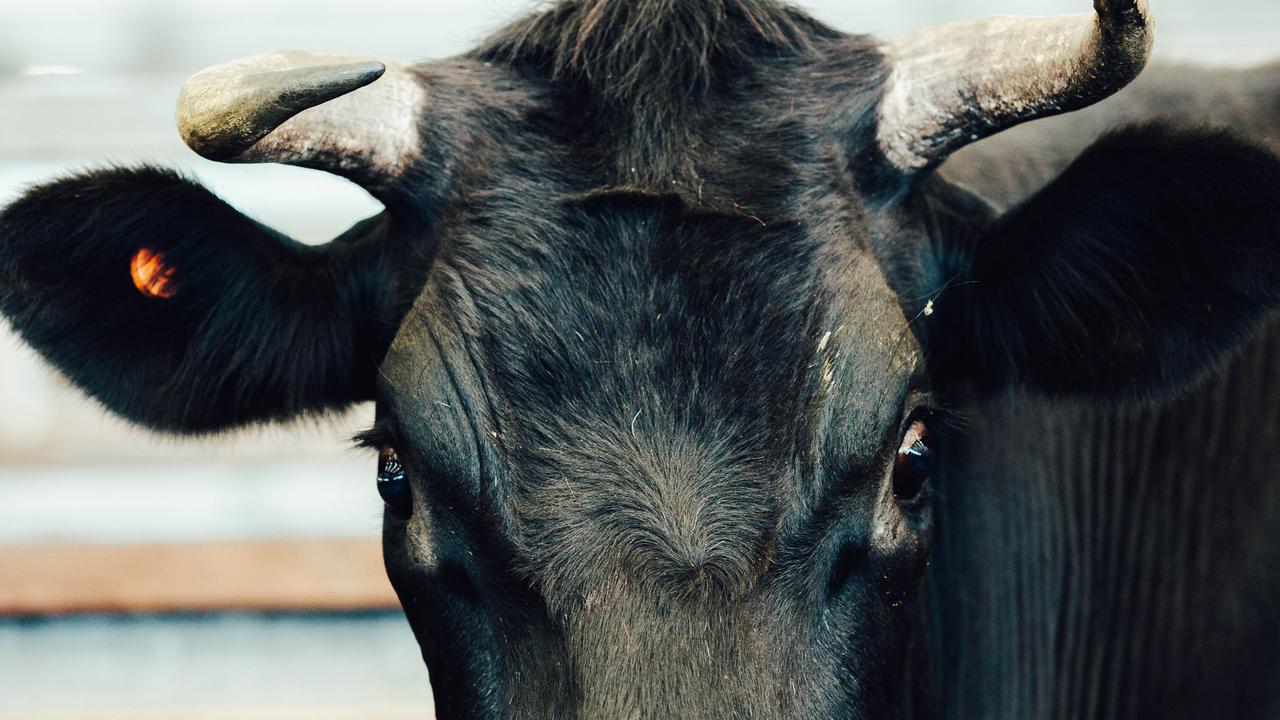Red meat: Why Australians are eating less red meat
Australians have been eating less red meat in the last 10 years. This is how the coronavirus outbreak has compounded that.

This story is free to read, but there has never been a more important time to stay connected to the news. For a limited time you can get a special digital subscription to The Weekly Times from as little as $1.30 a week for four weeks*.
AUSTRALIANS are eating less red meat, favouring other proteins such as chicken and pork.
And COVID-19 disruption to supply chains and panic buying has compounded this change in consumer behaviour.
According to Thomas Elders Markets, per capita domestic consumption of red meat in Australia has dropped, with pork and chicken gaining favour.
Beef consumption dropped 41 per cent since 2000, from 37.5kg to 22kg per person, each year.
The amount of sheep meat eaten per person in Australia has dropped almost 50 per cent, from 12.5kg to a 6.5kg per person per year.
However, CSIRO Future Protein Mission Leader Michelle Colgrave said Australia has one of the highest rates of meat consumption globally, equating to about 110kg per person annually.
“This is higher than many regions of the world. The global average is about 44kg a year,” Prof Colgrave said.
“The recommendation broadly is about 24kg of red meat per year. We’re significantly higher than many regions of the world.”

Factors that drive Australian red meat consumption include availability of produce and price affordability, Prof Colgrave said.
“As prices increase, people look to alternatives to meet their budget, and that could increase as meat becomes more of a premium product,” Prof Colgrave said.
“The number of Australians who are vegan or vegetarian, about 2 per cent vegan and about 12 per cent vegetarian, has been steadily increasing over the past 10 years.
“More recently, consumers have been choosing to eat less red meat, with about a third of Australians limiting their red meat intake – the so-called flexitarian movement.”
A recent research report by Roy Morgan showed almost 2.5 million Australians eat either entirely vegetarian diets, or a semi-vegetarian diet.
Prof Colgrave said while Australians were shifting towards white meats, such as pork and chicken, the impact of the COVID-19 outbreak further changed consumer behaviour.
“What we saw when the meat cabinets were bare, was that at times the only things available were plant products.
“People were trying them when perhaps they wouldn’t normally have,” Prof Colgrave said. “Beyond that, people were at home during lockdown, that in some cases led to a bit of a renaissance of people cooking at home, trying more fresh ingredients … there’s been a focus on foods that are seen as being healthy, or with immune boosting powers.”
MORE
NEW NORMAL: LIVESTOCK PRICES CONTINUE TO SURGE
BIDEN BEEF: HOW THE PRESIDENT-ELECT COULD BOOST AUSSIE MEAT PROSPECTS




